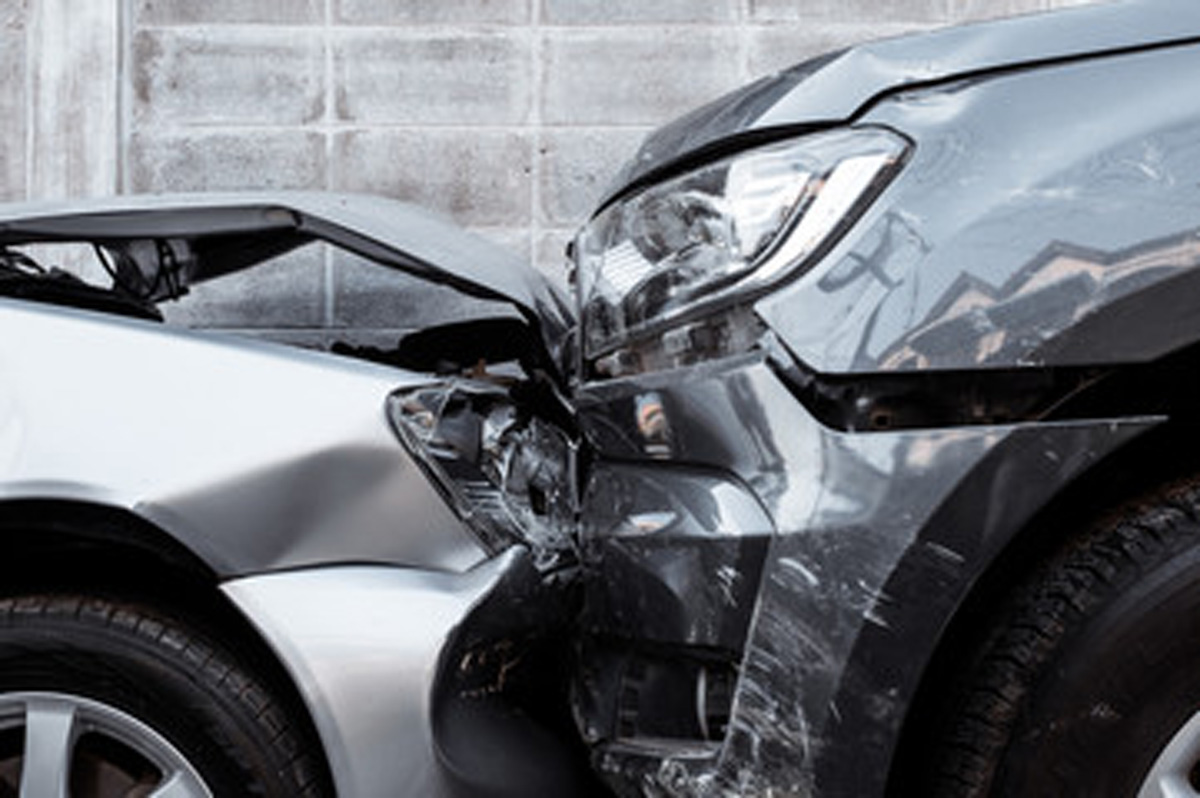Car accidents are undeniably stressful. The aftermath is often overwhelming, but understanding the insurance claim process can significantly ease the burden. This guide provides a step-by-step approach to filing a claim, ensuring you're prepared and informed every step of the way.
What to Do Immediately After a Car Accident?
Following a car accident, your immediate actions are crucial in protecting your rights and facilitating a smooth insurance claim. First, prioritize safety; ensure everyone involved is safe and call emergency services if needed. Next, gather as much information as possible at the accident scene. This includes filling out an accident report form, if available, and contacting the police to file an official accident report. This report serves as critical evidence for your claim. Obtain contact information and statements from any witnesses to the accident, as their accounts can be invaluable in establishing liability. Crucially, take comprehensive photographs and videos of the accident scene, documenting vehicle damage, the surrounding environment, and any visible injuries. These visual records will be essential supporting documents for your insurance claim. Remember to note the date, time, and location of the accident precisely. These details, along with the other collected information, are critical components of a successful insurance claim.
How to Initiate Your Insurance Claim Process?
Once you've secured the accident scene, promptly contact your insurance company. Clearly state that you've been involved in a car accident and provide your policy number. Your insurer will guide you through the initial steps of filing a claim. This involves completing a claim form, which typically requests details about the accident, including the date, time, location, and parties involved. The form also requests information about your vehicle's damage and any injuries sustained. Upon submission, you will receive a unique claim number, which will be essential for tracking the progress of your claim. Keep a record of all communications with your insurer, including dates, times, and the names of the individuals you spoke with. This documentation will prove beneficial throughout the claims process.
Essential Documents for a Successful Claim
Filing a comprehensive insurance claim requires meticulous documentation. This begins with a detailed proof of loss statement, clearly outlining the damages and losses incurred due to the accident. Obtain multiple repair estimates from authorized repair garages to support your claim for vehicle repairs. These estimates should clearly detail the necessary repairs, parts, and associated costs. If you sustained injuries, ensure you gather all relevant medical bills, doctor's notes, and medical records. These records verify the extent of your injuries and associated medical expenses. If you missed work due to injuries, document lost wages with pay stubs or employment records. This documentation is essential for a complete claim, proving all losses caused by the accident.
Determining Liability in Your Car Accident Claim
Establishing liability in a car accident significantly impacts the insurance claim process. Liability refers to determining who is at fault for the accident. Several factors are considered, including statements from the involved parties, applicable traffic laws at the accident location, and the evidence collected, including photographs, witness statements, and the police report. Your insurance company will investigate these aspects to determine liability. In some cases, liability may be shared between multiple parties. Understanding the liability assessment is key, as it directly affects coverage and your claim's outcome. Depending on your policy coverage, such as collision or uninsured/underinsured motorist coverage, your claim may proceed even if you're found partially at fault.

Navigating the Damage Assessment Process
Once your claim is filed, your insurance company will initiate a damage assessment. This involves an insurance adjuster examining the damage to your vehicle and reviewing the supporting documentation you've provided. They may request additional documentation or information to support your claim. The adjuster will determine the extent of the damage and the applicable coverage under your policy. Cooperate fully with the adjuster during this process; provide all requested information promptly and accurately. Keep copies of all communications and documentation related to the assessment. Remember, transparency and cooperation are vital in a damage assessment to ensure a fair evaluation.
Understanding Potential Reasons for Claim Denial
Although you’ve provided complete documentation, unfortunately, claims are sometimes denied. Common reasons for claim denial include exceeding policy limits, insufficient evidence to support the claim, failure to meet filing deadlines, or discrepancies between the provided information and the investigation findings. Policy limits refer to the maximum amount your insurance policy covers. If the damages exceed these limits, your claim may be partially or fully denied. Insufficient evidence might involve a lack of witness statements, police reports, or photographic evidence. Missed deadlines can invalidate your claim. Understanding these possible reasons allows you to better prepare and anticipate potential complications.
How to Appeal a Denied Claim
If your claim is denied, understand that appealing is possible. Carefully review the denial letter to grasp the reasons for the rejection. Gather any additional evidence that might support your claim and address the reasons cited for the denial. Prepare a well-written appeal letter explaining why you believe the denial is unwarranted, including the new evidence you have gathered. Submit this appeal letter to your insurance company within the specified timeframe. If your appeal is unsuccessful, you may need to consult a legal professional to explore other options, such as mediation or litigation.
Claim Timeline and Settlement Expectations
The time it takes to settle an insurance claim varies depending on several https://scottsdale-az-85287-gk911.lowescouponn.com/personal-injury-attorneys-your-guide-to-legal-help-after-an-accident factors, including the complexity of the claim, the availability of supporting documentation, and the cooperation of all parties involved. The initial response from your insurance company should be within a few days of filing your claim. However, settlement negotiations can take several weeks, or even months, to complete, especially in complex cases. Throughout the process, monitor your claim’s status through your insurance company’s online portal or by contacting them directly. Maintaining open communication throughout will help to better manage expectations and anticipate potential timelines.
Frequently Asked Questions
Q: What should I do if the other driver is uninsured?
A: If the at-fault driver lacks insurance, your uninsured/underinsured motorist (UM/UIM) coverage will help. Contact your insurer immediately to initiate a claim under this coverage, providing all the relevant accident documentation.
Q: How do I know if my claim was accepted?
A: Your insurance company will notify you formally of their decision. You can also check your claim status online through their website or app.
Q: Can I negotiate my settlement?


Q: What happens if I miss the filing deadline?
A: Missing the deadline can result in a claim denial. Always review your policy documents to understand deadlines and act promptly.
Successfully navigating the insurance claim process requires proactive steps, thorough documentation, and effective communication. By understanding the steps outlined, you'll increase your chances of a fair and timely resolution. Remember to always keep detailed records and communicate openly with your insurer. If you encounter challenges, seeking professional advice from an attorney or public adjuster is always an option.